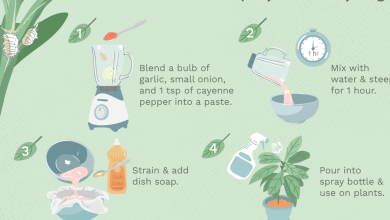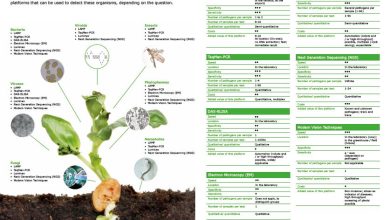4 Avocado Pests and Diseases: [Causes and Solutions]
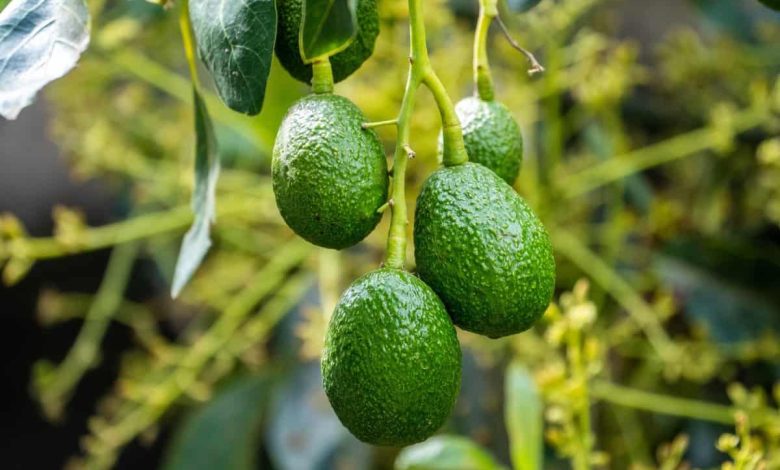
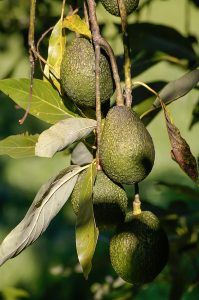 The avocado is a fruit with high commercial potential due to its characteristic flavor and the qualities it possesses for its processing in the agribusiness.
The avocado is a fruit with high commercial potential due to its characteristic flavor and the qualities it possesses for its processing in the agribusiness.
However, this same growth has prevented the great limitation exerted by pests and diseases on avocado, thus causing significant repercussions on costs, health, environment and economic losses.
If you plan to start avocado cultivation, or if you think that any of your trees has problems, it is important that you know accurate information about the evils that affect it.
Due to the above, in this article we will make a brief review of 4 avocado pests and diseases, the causes for which they occur, as well as the most appropriate solutions and measures for each case.
We hope they will be of help to you.
1. Root rot, wilt
- Scientific name: Phytophthora cinnamomi.
- Type: Disease.
Causes
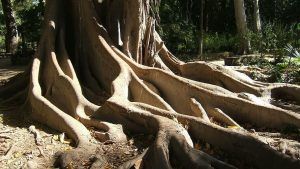 Root rot is the most important and serious disease of avocado in all production areas of this fruit.
Root rot is the most important and serious disease of avocado in all production areas of this fruit.
It occurs from cultivation in seedbeds or in very humid regions under field conditions.
This fungus penetrates the tender roots and reaches the most developed roots, infecting the entire root apparatus up to the neck area.
In this way, exudations of sticky and viscous substances of a dark color are produced, resulting in the total or partial death of the tree.
Solutions
When a tree dies due to root rot, it must be eradicated immediately, burning it and removing it from the cultivated field to avoid sources of infection.
Lime (2 to 4 kg/site) should be sprinkled on the infected site and surrounding areas and a wet solarization treatment should be carried out for a period of 45 to 60 days. Subsequently, it is recommended to apply a product based on Trichoderma (0.5 g/l) to the soil.
2. Anthracnose, black spot
- Scientific name: Colletotrichum Gloeosporiodes.
- Type: Disease.
Causes
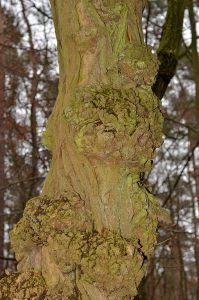 Antractnosis is a disease with great repercussions, since it deteriorates the quality of the fruit during post-harvest.
Antractnosis is a disease with great repercussions, since it deteriorates the quality of the fruit during post-harvest.
Causing fruit rot in the field as ripening and harvesting approaches. As such, the anthracnose virus infects crops before harvest.
But it manifests itself some time later, attacking tender shoots, foliage and fruits, producing irregular brown or dark brown spots.
Solutions
One of the recommendations is to carry out thinning pruning to allow greater aeration and light in the treetops, applying oil-based paint in the pruned region to seal the wounds. Infected branches should be burned to prevent spread.
Another measure that specialists suggest is to intervene with fungicides based on Copper Oxychloride or 1% Bordeaux mixture treatments before flowering every 15 or 20 days. In the case of fruits, they must be submerged in suspensions of fungicides based on Benomyl.
3. Fruit borer, borer moth
- Scientific name: Stenoma catenifer.
- Type: Plague.
Causes
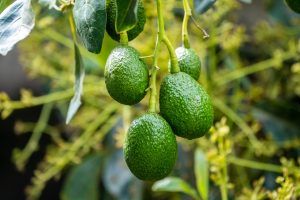 The plague of Stenoma catenifer usually appears due to the movement of fruits infested with the larva of this insect, which feeds on the skin of the fruit.
The plague of Stenoma catenifer usually appears due to the movement of fruits infested with the larva of this insect, which feeds on the skin of the fruit.
This larva penetrates the fruit and crosses it until it reaches the pulp in a direct path, producing white spots and mounds of particles and debris.
This plague causes the fall of immature fruits, the death and withering of shoots, as well as the total loss of fruits and a reduction in the harvest, since they are no longer fit for consumption.
Solutions
One of the main measures is the removal and destruction of fallen fruit to prevent the development of larvae. Also, as a control measure, it is recommended to bury the contaminated fruits at a depth greater than 1 meter.
Other specialists recommend monthly applications of Sevin (85%), BHC or Lannate when the fruit is freshly set.
4. Small avocado pit borer
- Scientific name: Copturus perseae.
- Type: Plague.
Causes
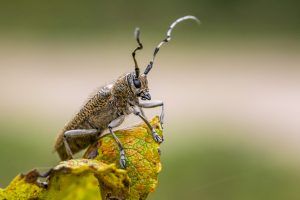 The cause of this pest is due to the Copturus perseae insect, which incubates and feeds on the pulp of the fruit until it enters the seed, killing it completely.
The cause of this pest is due to the Copturus perseae insect, which incubates and feeds on the pulp of the fruit until it enters the seed, killing it completely.
When the fruits fall to the ground, the larva comes out to finish its development, transforms into an adult and starts a new infestation.
Among the damages they cause are superficial crescent-shaped lesions in which a whitish powder appears on tender branches, peduncles, flowers and fruits, which can be damaged from the setting stage.
In some cases it can cause the death of the entire tree.
Solutions
One of the measures to avoid the infestation of the small borer is to collect the damaged fruits, whether they are still on the tree or on the ground, and burn them or bury them 1 meter deep.
Afterwards, it is recommended to apply an authorized insecticide to reduce the outbreak of insects in the following generations. Some specialists recommend preventive sprays of folidol (methyl parathion) when there is no fruit and continue with Lannate, leaving a space of 22 days before applying again.
Another action that can be taken is the pruning of trees that mainly host this insect, as well as grafting the Hass variety.
Conclusions
Avocado is definitely a profitable and attractive crop. However, it is important to be aware of the precautions involved in possible outbreaks of pests and diseases in order to reduce the problems and impacts that they could have on our crops.
Likewise, the pests and diseases that we mention in this article are only a small part of the effects that an avocado tree or crop can have. We invite you to continue browsing our blog for more information on this topic. We hope this help you.
Bibliographic references
- https://revistas.elpoli.edu.co/index.php/pol/article/view/62
- https://revistas.unal.edu.co/index.php/refame/article/view/32497/32560
- https://books.google.com.mx/books?hl=es&lr=&id=JNAOAQAAIAAJ&oi=fnd&pg=PA1&dq=enfermedades+del+aguacate&ots=h4-9Qe9aaK&sig=1C21eduJGGGB8pNpEYlUB08HE1Y&redir_esc=y#v=onepage&q=enfermedades%20&del%20aguacate false
- http://201.207.189.89/bitstream/handle/11554/1522/El_aguacate.pdf?sequence=1&isAllowed=y
- https://www.gob.mx/cms/uploads/attachment/file/155683/Ficha_T_cnica_Conotrachelus_spp._EPF_2016_F_1_.pdf
- http://repositorio.cucba.udg.mx:8080/xmlui/bitstream/handle/123456789/407/Perez_Rodriguez_Fernando.pdf?sequence=1
Maybe you are also interested in:
- How often and how to water my avocado?
- 8 Most Famous Types and Varieties of Avocados
- How to Fertilize Avocados: [Methods, Dates and Components to Use]
- How to Germinate the Avocado Stone
- How to Prune an Avocado Tree: [Guide on Avocado Tree Pruning]
- Avocado Pests and Diseases: How to Identify and Treat Them

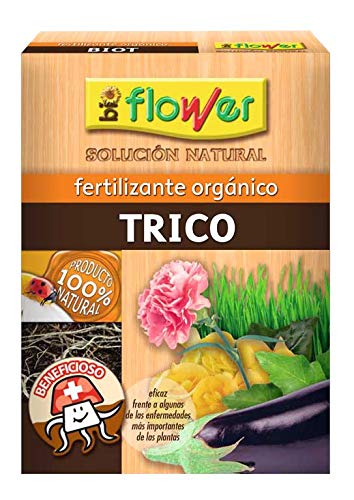
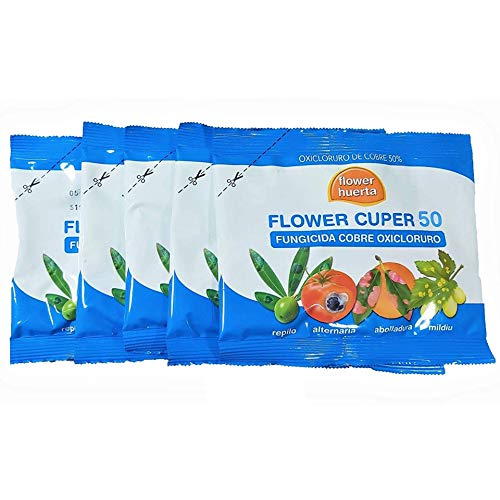
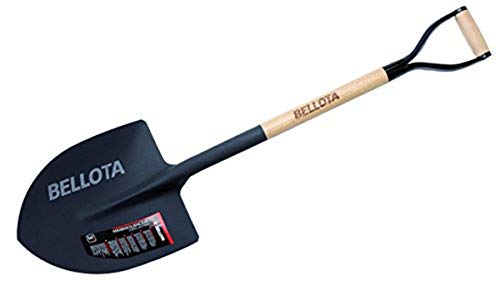
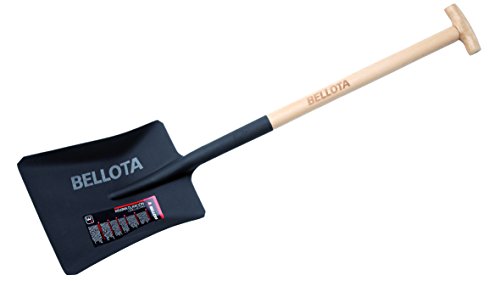


![Photo of Callistemon Citrinus: [Characteristics, Cultivation, Care, Pests and Diseases]](https://www.complete-gardening.com/wp-content/uploads/2022/08/callistemon-citrinus-characteristics-cultivation-care-pests-and-diseases-390x220.png)
